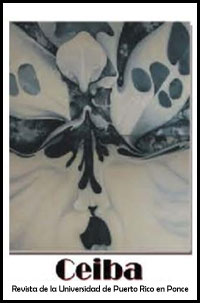Abstract
In this article we intend to briefly approach the dismantling of the logocentric word that is articulated in the novel The Art of the Word by Enrique Lihn. We will give account of how the novel insists- above all- on the hidden aggression behind discourses, especially that of the paternalistic imposition of language and the authoritarian nature that constitutes it. We will see that -in the novel- these attributes will be represented by the character of the Protector. It will allude to the dictators who have affected Latin America and more specifically will be talking about the dictator, Augusto Pinochet. But also, it will give account of how the discourses sponsored by these dictators are nothing more than a neurotic repetition of the old foundational discourses. In this case, we will analyze the subversion that Lihn makes of the different Hispano-American essays that served to shape the cultural, political and educational structures that prevail -to a greater or lesser extent- up to our days and that are perpetuated in dictatorships such as Pinochet's. We will analyze how Miranda- fictional space of the novel- will become for us the representation of the obscurities of the Spanish-American collective personality and of those perversions that have not been assumed by the conscious, so that they continue to perpetuate themselves in time. The analysis we will make of some intertexts will invite us to remember at each step the character of construction that the discourses have and will invite us to problematize the places in which these are disarticulated and in which they come to degrade our category of person.
Los artículos son responsabilidad de sus autores y no se autoriza la reproducción de los textos ni de las ilustraciones sin la previa autorización de éstos, quienes, tras la publicación en Ceiba, conservan los derechos de autor de sus trabajos. Esto aplica, de igual manera, al arte que se utiliza en la portada, la contraportada y las páginas que identifican las distintas secciones de la revista.
Downloads
Download data is not yet available.

